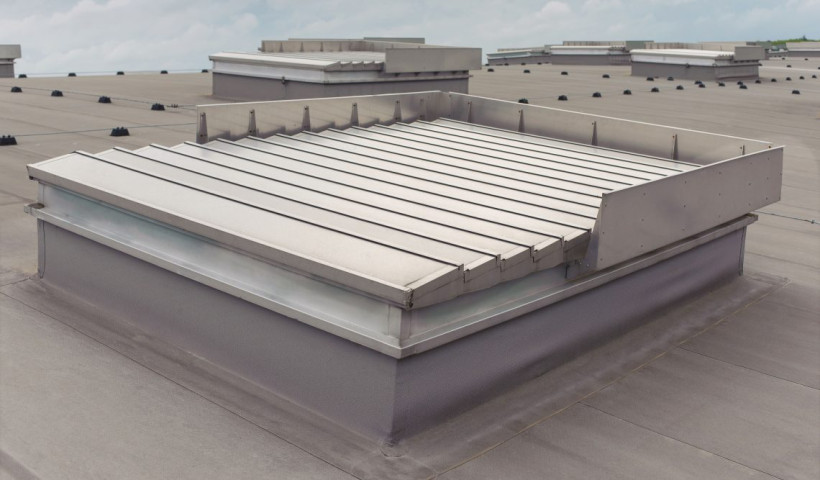
Free open area size has long been used when selecting louvres. The way it works is simple. When comparing louvres, the assumption is a larger free open area results in a decrease in pressure drop. In other words, the bigger the hole for air to get through, the more air will get through. Simple.
The problem is it’s too simple. Louvres with a free open area of 48% can have a lower pressure drop (and let in more air) than alternative louvres with a free open area of 60%. This presents a risk when selecting louvres and doing so based on the free open area alone might end up costing you.
Why the assumption?
Maybe the assumption comes from opening a window. It would make sense to say a sash window opened to 50% allows for 50% of the air to flow in when fully open. Extrapolating this to louvres is easy enough and it’s a simple concept for everyone to understand.
But let’s say a casement window has the same free open area to the sash window. The amount of air coming in would be dependent on the direction of airflow, as that casement window might be blocking some air from getting in. So there are complications.
The complications
For a start, there’s the shape of the louvres, something which every calculation method used to calculate the open area fails to factor in. Two louvre profiles might have the exact same free open area of 50% but if one is streamlined and the other isn’t, there’ll be a significant difference in the amount of air which makes it through.
So, shape and design has a profound impact. Think of it this way — you could take a 1m by 1m sheet of aluminium and pierce it with thousands of little pin pricks until it had an effective open rate of 50%. Then take a second aluminium sheet and cut a single big hole that covers 50%. Which one will have a lower pressure drop?
The next complication comes from insect screens and louvres (with insect screens) ordered with a 50% open area have a higher pressure drop than the louvres with a 35% open area.
It doesn’t end there either. Two stage louvres are great for advanced weather protection but will almost always have a higher pressure drop. The air simply has greater resistance and a more difficult path to entry (or exit).
How to select the right louvres
The way to avoid all of the above is to dispense with the notion that the free open area is an indicator of the pressure drop or the performance of a louvre. We’d advise seeking information on the louvre based on test results from testing against BS/EN:13030 or AS/NZS 4740:2000. This standard sets out the guidelines for testing and classification of all weather and performance louvres. Louvres are subjected to 75mm/hour of water at a velocity of 13 m/s. The louvre is then given a three part classification based on; effectiveness, discharge loss coefficient and wind loading. Importantly, it’s only these test results that will provide the information needed to show compliance with H1 Energy Verification Method H1/VM3.
In conclusion, using the free open area as a method for determining pressure drop is wrong. As is using the free open area for assessing the overall performance of a louvre. You need to look at real test results to be sure of meeting the building code.
If you would like assistance with ventilation louvre selection, sizing or compliance demonstration, please feel free to reach out at [email protected] or (09) 973 3616.











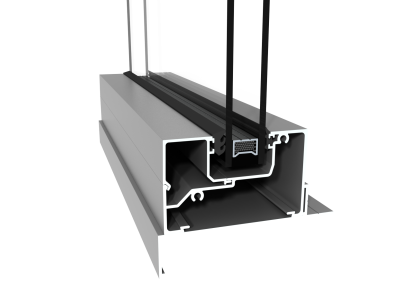
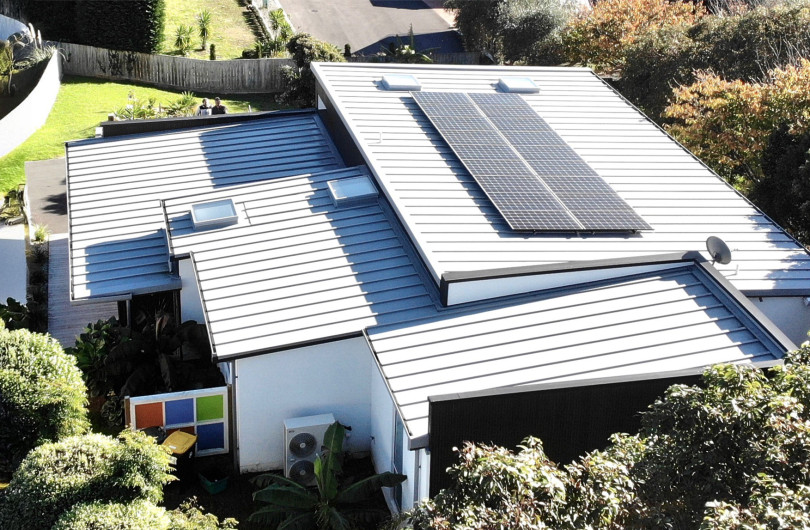
 New Products
New Products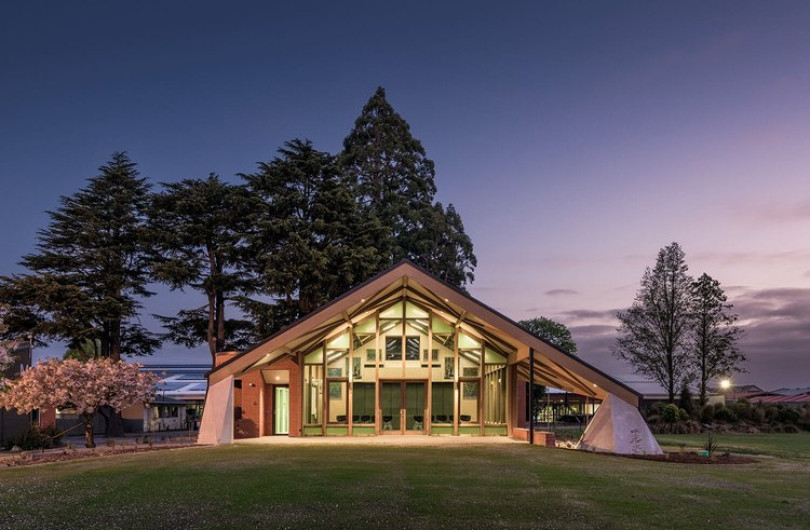
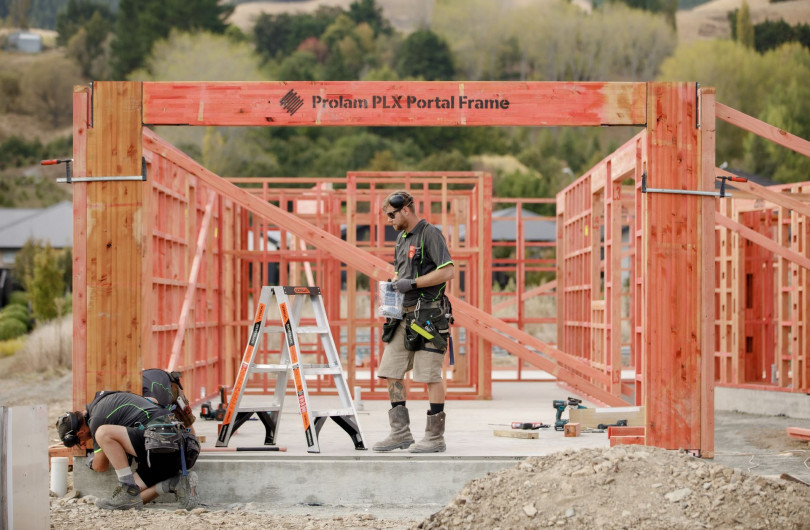




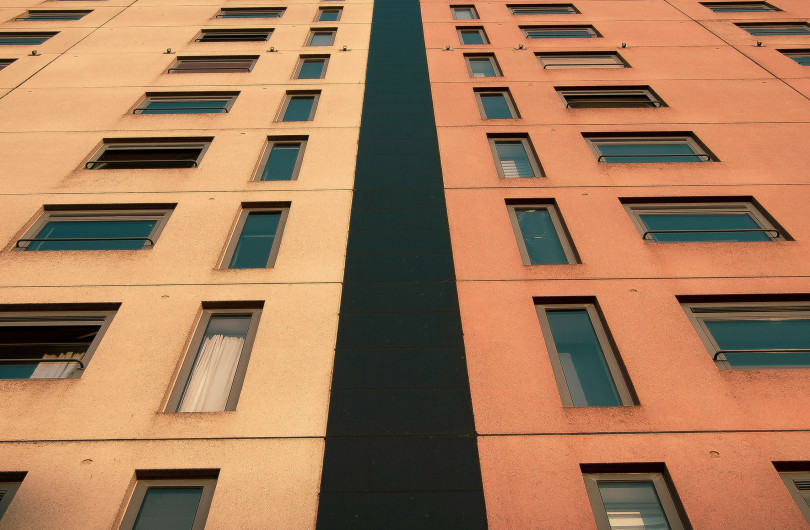





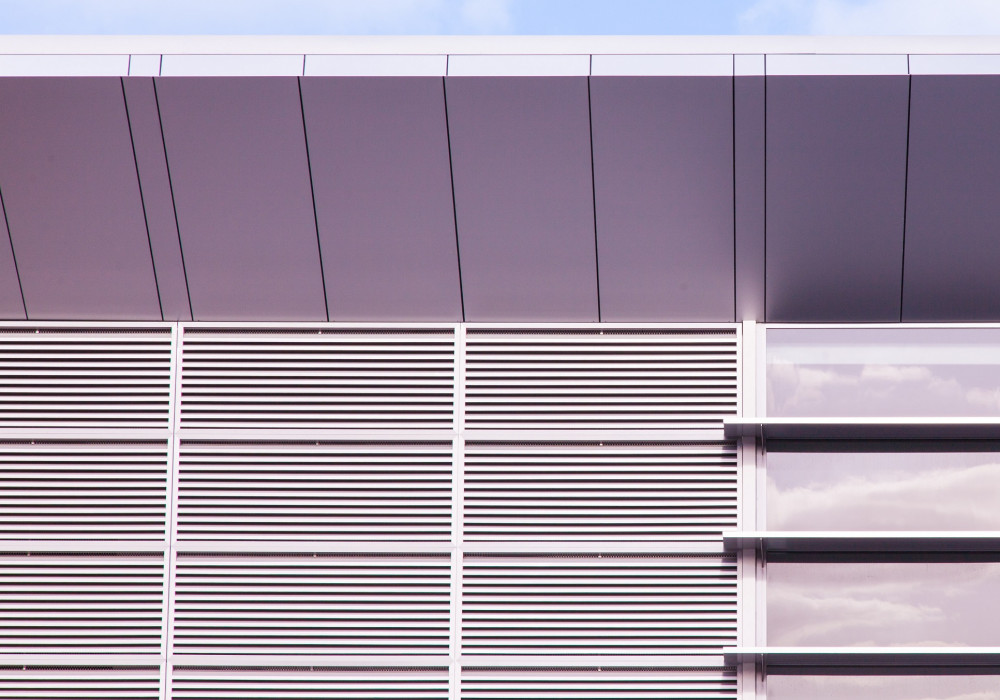
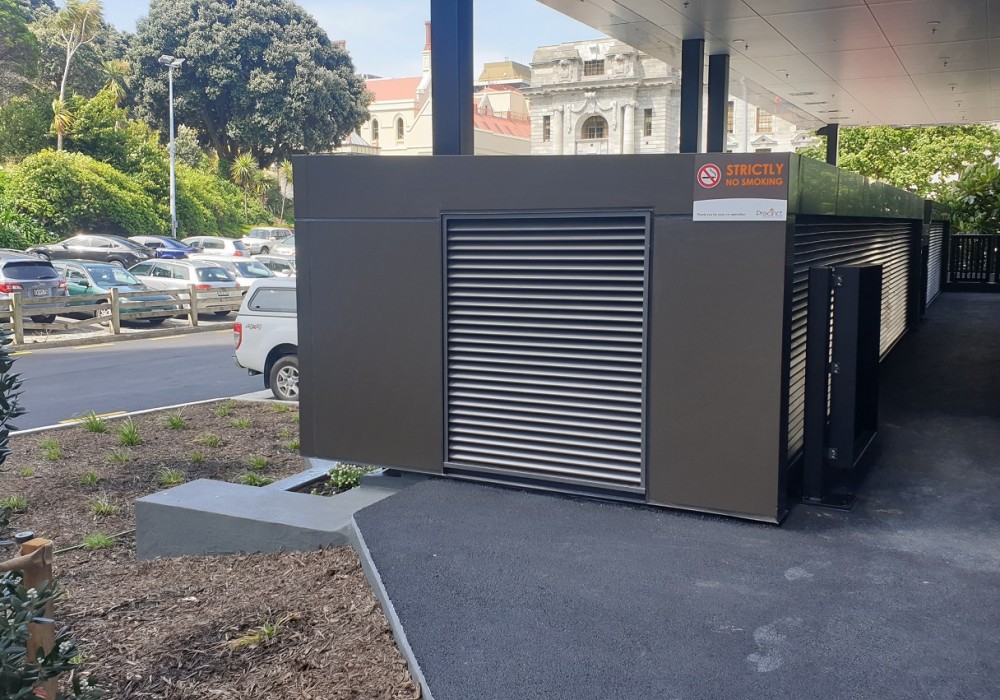
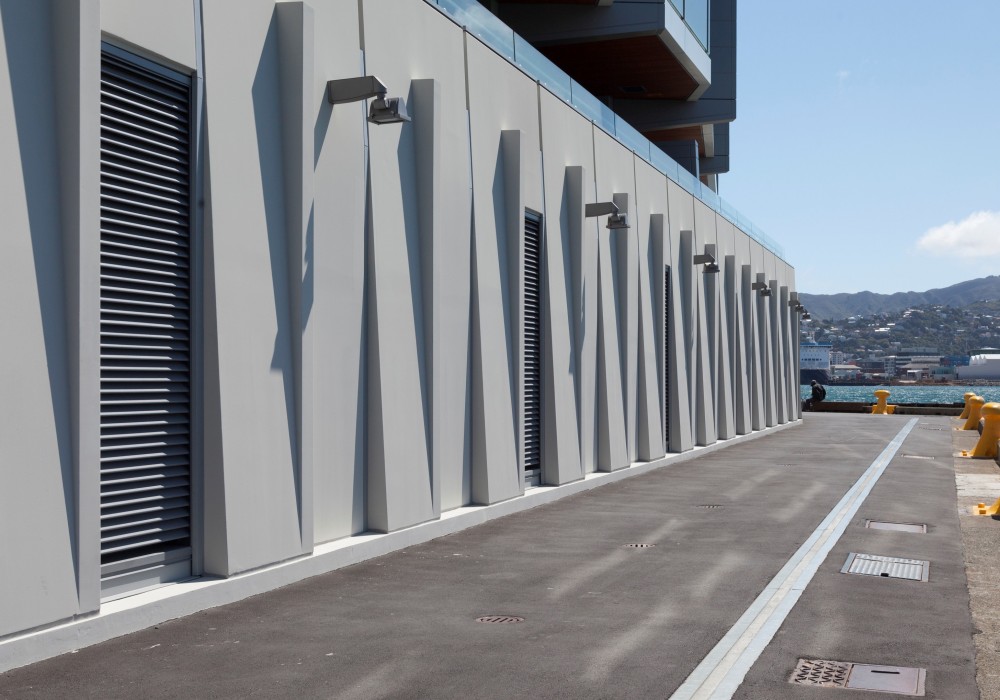

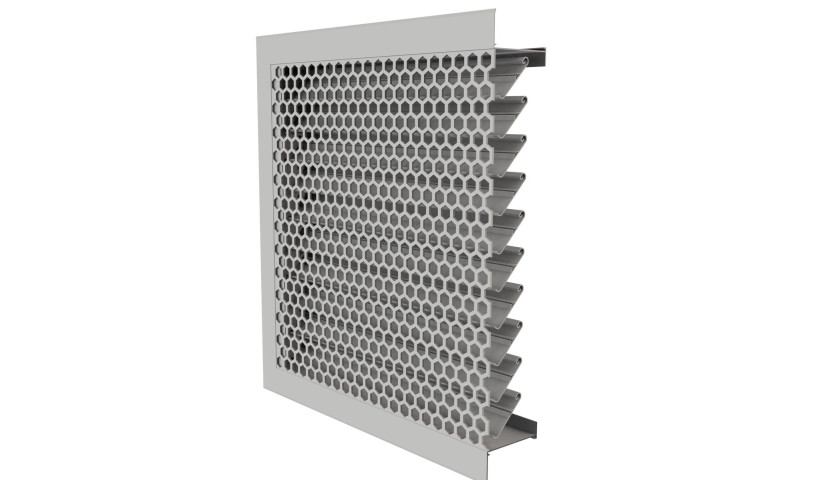
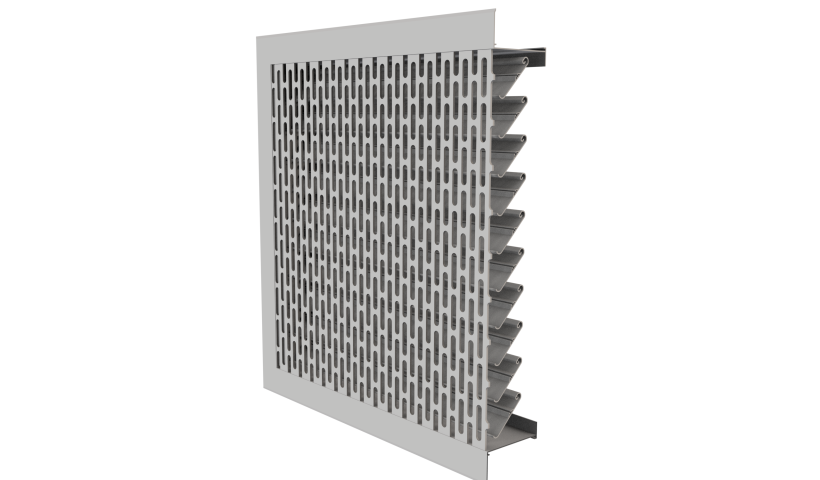
 Popular Products from Ventüer
Popular Products from Ventüer


 Most Popular
Most Popular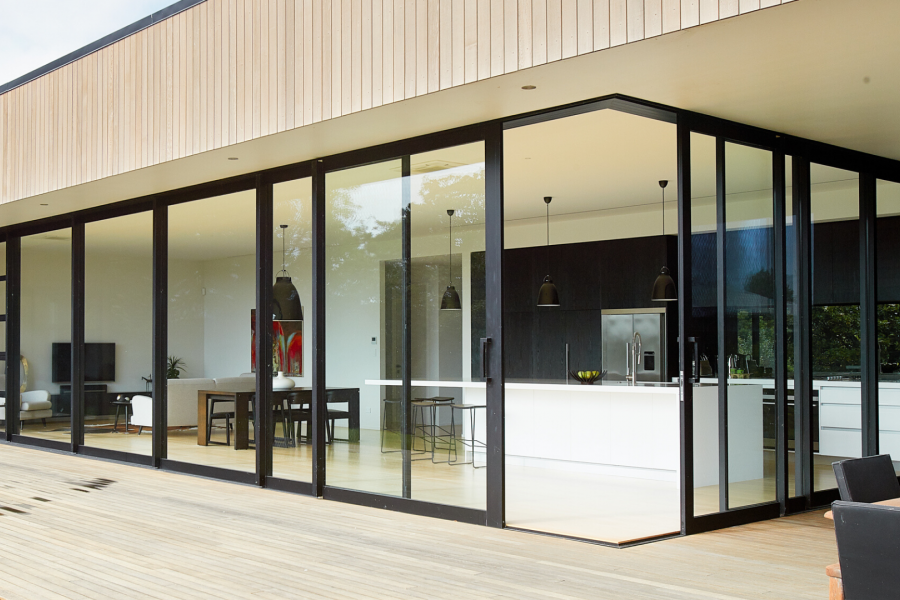
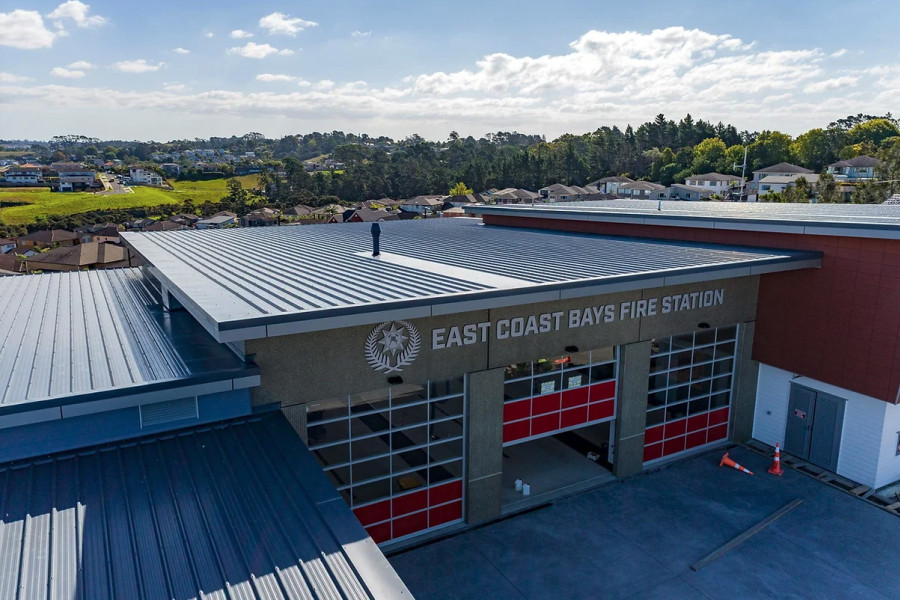
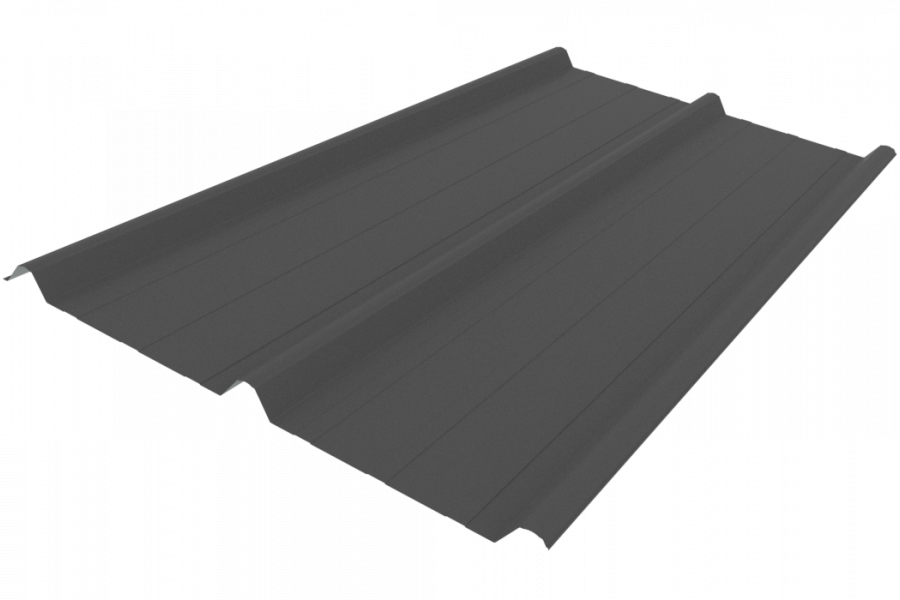
 Popular Blog Posts
Popular Blog Posts